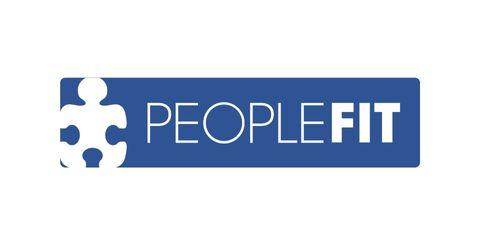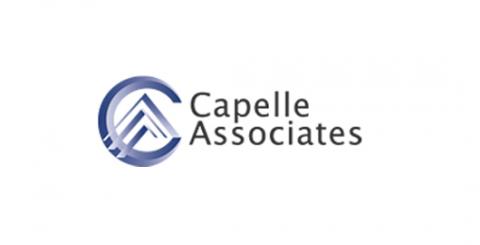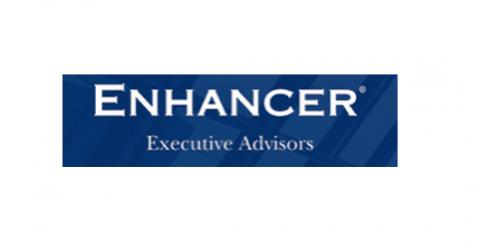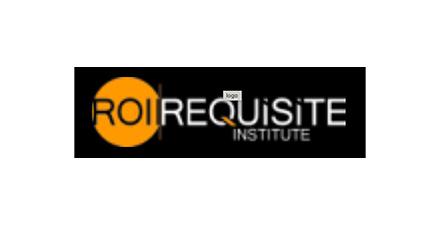
Challenges in Requisitely Designing IT Projects
- The issue is the staffing capability of adequately qualified stratum four management, high level technologists. To SuckAnd or to delegate becomes the constraint on how fast the company can grow. Fundamental talent development problems are as integral to the issues of it as knowledge itself.
Speaker A The experience that I've had, we've had in system delivery of million service call a month type deals, y two K rollouts worldwide. Those sorts of issues are that you are exactly correct. Exa...
Transcript of the presentation video
NOTE: This transcript of the video was created by AI to enable Google's crawlers to search the video content. It may be expected to be only 96% accurate.
Speaker A The experience that I've had, we've had in system delivery of million service call a month type deals, y two K rollouts worldwide. Those sorts of issues are that you are exactly correct. Exactly correct. And that the hit rate of system implementation without requisite structures of project design and appropriate planning is no better than the one in three that any other organization change. Effort comes what happens so frequently. And this is no disrespect for IBM's world. I've worked with IBM. I've worked with Cooper's. You've worked with all of them. Is that what happens in the project? Is what happens here? That a discussion on a relatively small point floods the environment and takes away the opportunity to have a broader context. Does that make sense? Smile absolutely. An amen is appropriate as well. What we found and when I say we, I credit Katie as a principal consultant who was working with me when I was the internal executive responsible for organization restructuring in a utility. I've now extended that in other settings, HR, Is, Computer services is that overstaffing slows so dramatically that the most dangerous thing is to add extra staffing and extra size to a project. The second is that on substantial projects that tap four and five complexity because they are four and five business requirements, full systems remodels and so on. One of the we had some issues we were going to speak to there. We don't have time. But the issues of the level of work of It and the complete and total requirement that the client end user organization and the vendor community because you'll have multiple vendors on big projects and the It organization properly deploy their stratum four resources. What we did was we eliminated Assistant Vice President levels and created Stratum Four individual design architects. We required client organizations to deploy vice president level business experts from current executive jobs to be the accountable project manager. And when we did that, our turnover among Is staffers dropped from 22% to less than eight. Our space requirements dropped and we had extra personnel to tackle extra Is sorts of deal. We went through a fire, we went through an earthquake, all on project time, plus the nuclear rollout and the tension between the suppliers. This was IBM's 96th largest customer that we were working at, declined. There was an intimate flow of people from all of the IBM research labs and so on because these clients, the clients we were working with, were testing IBM technology to the total max. This was a company that was in a situation where it took 20. How do we work it out? Seven days a week, three shifts a day, 29 days. They had a 29 day unforgiving billing cycle and they printed bills continuously on a stream of laser printers. Six days and two shifts and 4 hours worth. They had midnight to 04:00 A.m. On a Sunday as the only window to do any system migration, any system upgrades or any maintenance. If they missed that window they had to wait a week or give up a shift of bills because they could never catch it up. So every single issue that was a technical slowdown was an issue of either having to go back and reprogram the billing system to double bill that batch or shut down technical advancement in an environment that required 24 x seven ultra high performance. We didn't solve that problem until we got to work at level four. And what we would do actually is require of you. Not just that you do it on your own, but as a designed engineered component of your role and then staff your organization appropriately. The second thing is no, absolutely no contracting out of a delivery project to any vendor, including me. Now be very clear about this, there is a difference in that accountability, project leadership, and I'll close from the true technical contribution that first class technical suppliers can deliver, like IBM and others. There just isn't anybody else on the planet with those capabilities. And we listen to them and we need them, but we do not work for them. And that difference made all the difference in the world. We got a few million a year perpetually and we took out two to four levels in the organization, dropped the staffing 25 30% and in essence got the system. So we're going to have to wrap here. You maintained internal accountability is what you just said. Not only maintain it, it is only there. It is never for discussion otherwise perfect and go even one step further. There is little prospective promise for investing money under any other condition. So CEO, does that make sense?
Speaker B Absolutely.
Speaker A Which then the eight issues, the main you cannot if you do as your supplier we can't work with you because you then become a bad customer because the project will go south when someone.
Speaker B Introduces some good tools for me to use.
Speaker A Absolutely.
Speaker B And there's some great tools and there's some great tools. We'd probably be willing to follow the process as long as I don't abdicate my role.
Speaker A So what we get into is a set of issues which I would argue are the broader context out from the discussion that we spent time on. And those are sorry, I can't hear me, I promise you can hear me. But the issue is the staffing capability of adequately qualified stratum four management, high level technologists. Katie shared the example of the individual who was freed up. That person was actually seen as a Dweeb, hard to work with, dweeb, who was kept in a cube and so on. When we found the talent, looked at it, started to mobilize, it person promoted three levels given independent budget and technical capability and allowed to then set up these projects and made big big gains for us. We did that a variety of different places. The issue is the company's availability of four level individual contributors and managers. To SuckAnd or to delegate becomes the constraint on how fast the company can grow. Which brings us back to HR that fundamental talent development problems are as integral to the issues of it as knowledge itself.

Major organizations and consulting firms that provide Requisite Organization-based services









